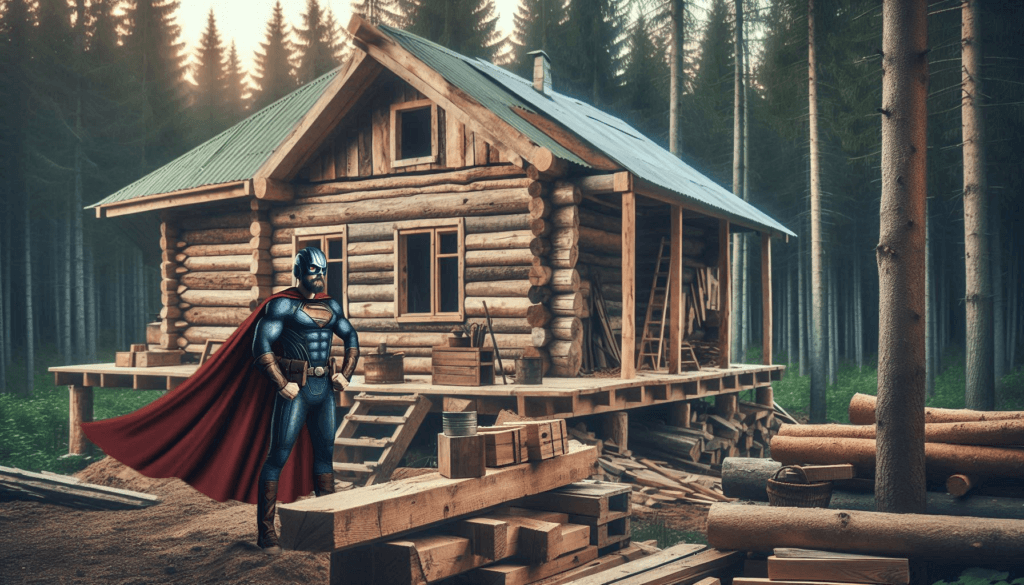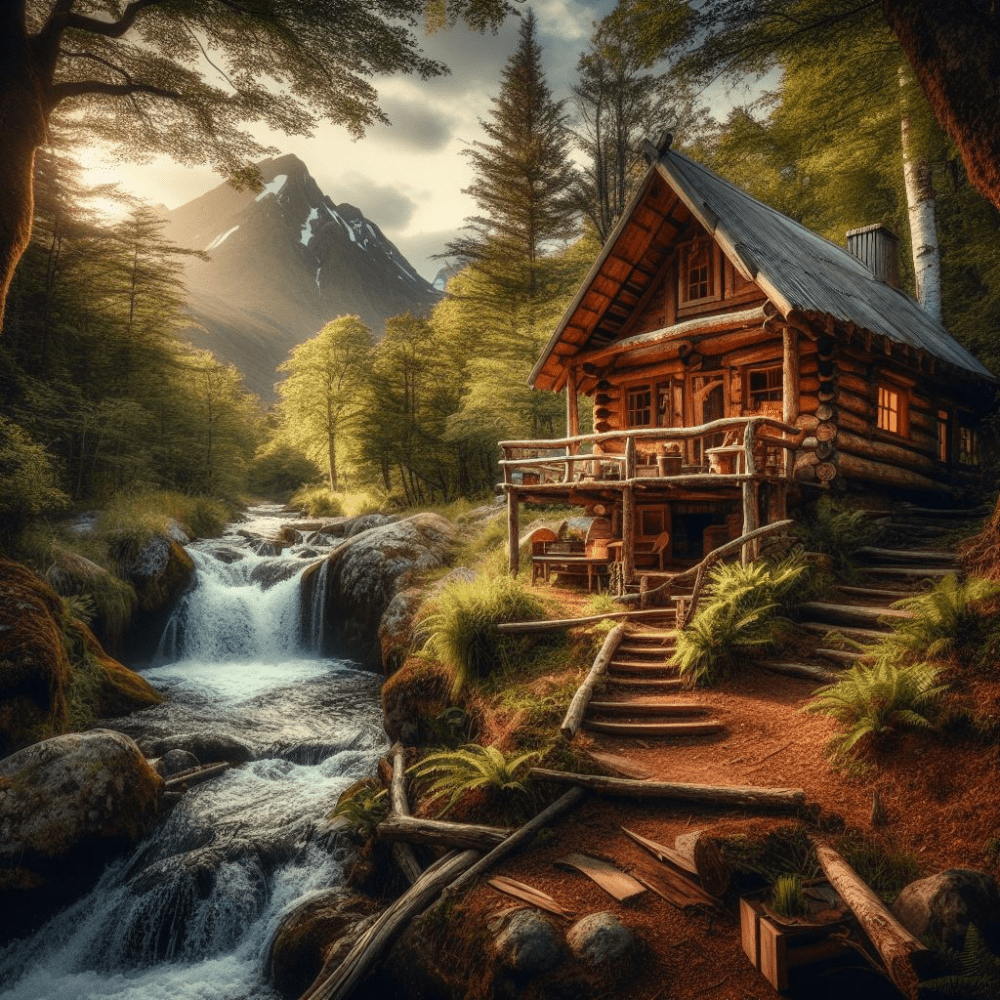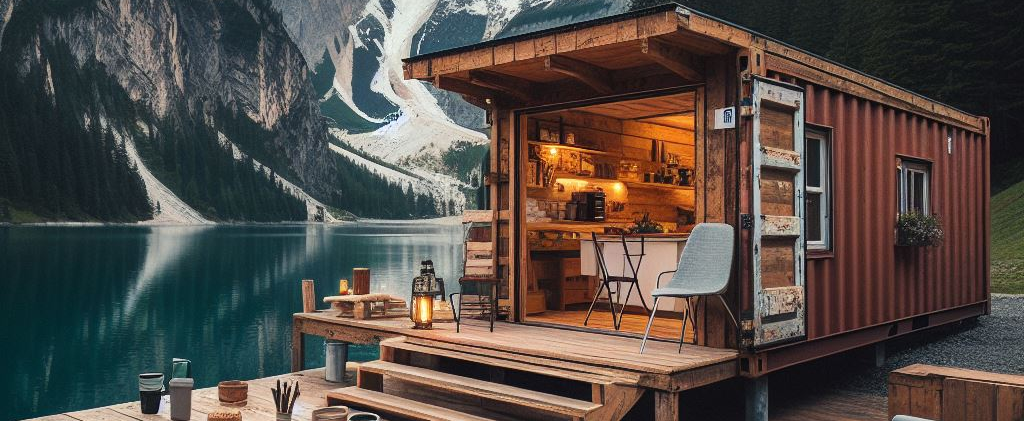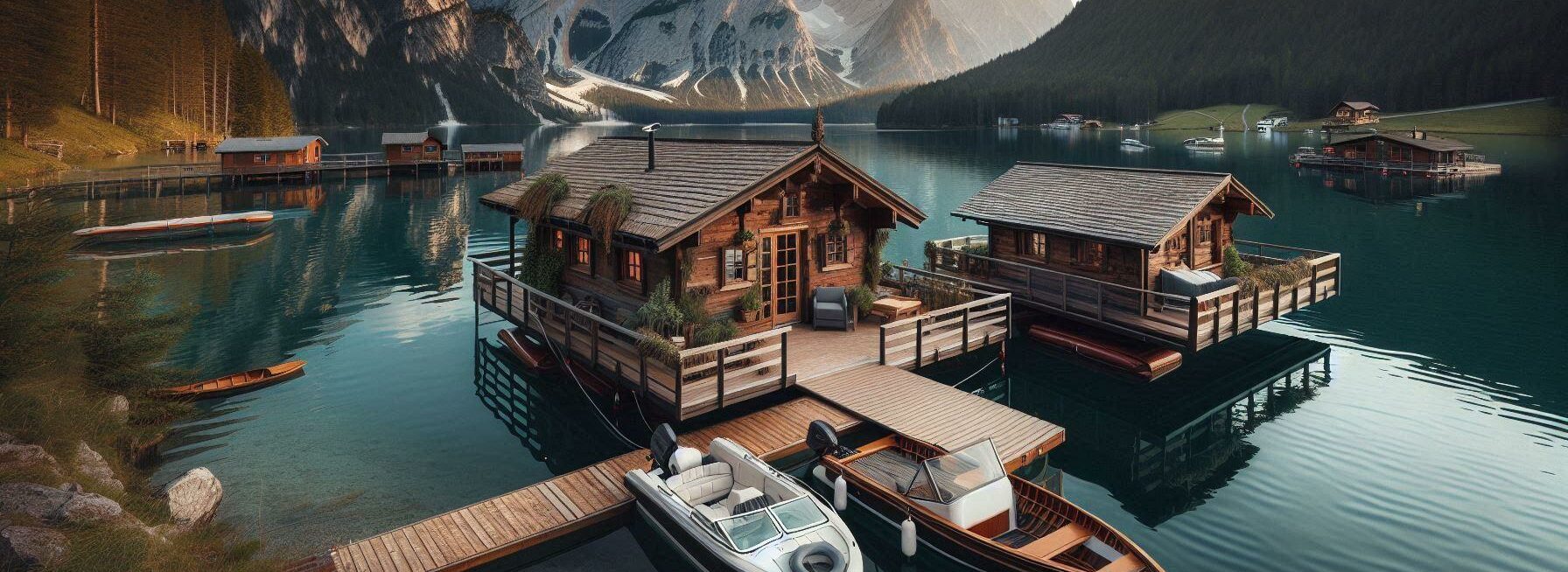Reclaimed wood is nothing more than repurposed timber that comes from older buildings, barns, or even old shipping crates. It’s like giving a second life to something already packed with history and character. Instead of chopping down more trees, it’s all about using what’s already out there – and trust me, there’s a lot!
This trend isn’t something new; it goes way back. Think about those rustic barns and century-old houses. Reclaimed wood has been a go-to material even before it became a modern design darling. Imagine owning a piece of wood that might have come from an old farmhouse, carrying stories from generations ago. It’s like having a slice of history right in your cabin.
One of the big reasons folks are leaning towards reclaimed wood is its environmental impact. By reusing timber, we’re not only reducing the need for new trees to be cut down but also cutting back on the energy and processes required to produce new wood. It’s a simple way to go green without sacrificing style.
The appeal of reclaimed wood? It’s undeniable. Each piece has its own unique look, filled with knots, nail holes, and aged textures. No two pieces are the same, which means your cabin gets a one-of-a-kind touch that you won’t find in any big-box store.
To sum it up, whether it’s the environmental benefits or the sheer uniqueness, reclaimed wood just makes sense. It’s sustainable, full of history, and oozes character – a perfect fit for anyone looking to add something special to their cabin.
Environmental and Health Benefits of Reclaimed Wood
One of the coolest aspects of using reclaimed wood is how eco-friendly it is. Every time you choose this option, you’re helping to reduce the carbon footprint. Think about it – less demand for new wood means fewer trees cut down. Mother Nature gives you a big thumbs-up for that.
Reclaimed wood contributes to conserving our precious natural resources. Instead of wasting wood from old structures, we’re giving it a new purpose. This reduces the strain on forests and offers a more sustainable solution for building materials. It’s like recycling, but with a cooler, more rustic vibe.

Deforestation is a massive issue globally. By choosing reclaimed wood, you’re actively playing a part in slowing it down. It’s a small step that collectively makes a big difference. Every piece of wood that gets reused is one less tree that needs to be felled. You’re basically a hero without the cape.
Adding reclaimed wood to your cabin not only boosts its charm but also improves indoor air quality. Why? Because it’s usually free from the harsh chemicals and treatments typical in new wood. This means fewer VOCs (volatile organic compounds) floating around in the air you breathe. Good for the environment, and good for you.
Natural materials like reclaimed wood can positively impact health. Being surrounded by elements that have aged naturally over time promotes a relaxing and calming atmosphere. Imagine the serenity you’d feel in a space that feels grounded and organic. It’s like bringing a piece of nature indoors.
Aesthetic and Functional Advantages
Reclaimed wood packs a visual punch that’s hard to beat. Each piece tells a story with its unique imperfections – the knots, nail holes, and weathered textures give it a character all its own. These details add warmth and authenticity to your cabin, creating a cozy, lived-in feel that brand-new materials just can’t replicate.
Durability is another big win. This wood has already stood the test of time, weathering the elements and proving its strength. Using reclaimed wood means you’re getting a material that’s not only beautiful but also tough enough to last for generations.
Design-wise, reclaimed wood is a chameleon. Its versatility is insane. Whether you’re into rustic, modern, or even industrial styles, reclaimed wood can be adapted to fit your vision. From flooring to beams to furniture, there’s no limit to what you can do with it.

The value added to your property is worth mentioning. Reclaimed wood’s unique charm doesn’t just make your cabin look good – it can also increase its market value. Homes with distinctive features like reclaimed wood often attract buyers willing to pay a premium for that special touch.
Need some inspiration? Imagine a reclaimed wood accent wall in your living room or a beautiful barn door made from old timber. Picture a kitchen island top crafted from century-old planks or even custom cabinets with that rich, weathered patina. The design possibilities are endless, making it easy to personalize your space and make it truly yours.
Practical Considerations for Using Reclaimed Wood in Your Cabin
Sourcing quality reclaimed wood can be a bit of a treasure hunt. Local salvage yards, architectural salvage stores, and even old barns can be gold mines. Some businesses specialize in reclaimed wood, ensuring you get pieces that have been properly treated and are ready for use.
Cost is always a factor. While reclaimed wood can sometimes be more expensive upfront due to the labor involved in retrieving and prepping it, think long-term. Its durability and unique look can add value to your cabin, making it a worthwhile investment.
Inspecting and preparing reclaimed wood is crucial. Check for pests, rot, and any hazardous materials. Cleaning, sanding, and sealing the wood are essential steps to ensure it’s safe and ready to be incorporated into your cabin. A little elbow grease upfront can save headaches later.
Challenges can pop up, like mismatched boards or dealing with nails and screws embedded in the wood. Approach these hiccups with patience and creativity. Each challenge is just another part of the wood’s story and can often be worked into your design for even more character.
Maintenance is key to keeping your reclaimed wood looking its best. Regular cleaning and occasional re-sealing will help preserve its beauty and durability. Treat it like a prized piece of history – because that’s exactly what it is.
Here is a little side note for you. I make a line of rustic lamps and home accessories for cabins and lodges. Believe it or not, one of my favorite places to get my reclaimed wood is our local dump! At our dumping facility, they have a section where you can take your used wood and pallets and dump them there. You would not believe what people throw away not knowing how valuable it is to someone like me. And, it is FREE to pick up anything you can find as long it is in the wood pile. Your dump just may have the same place and you might not even known about it.





